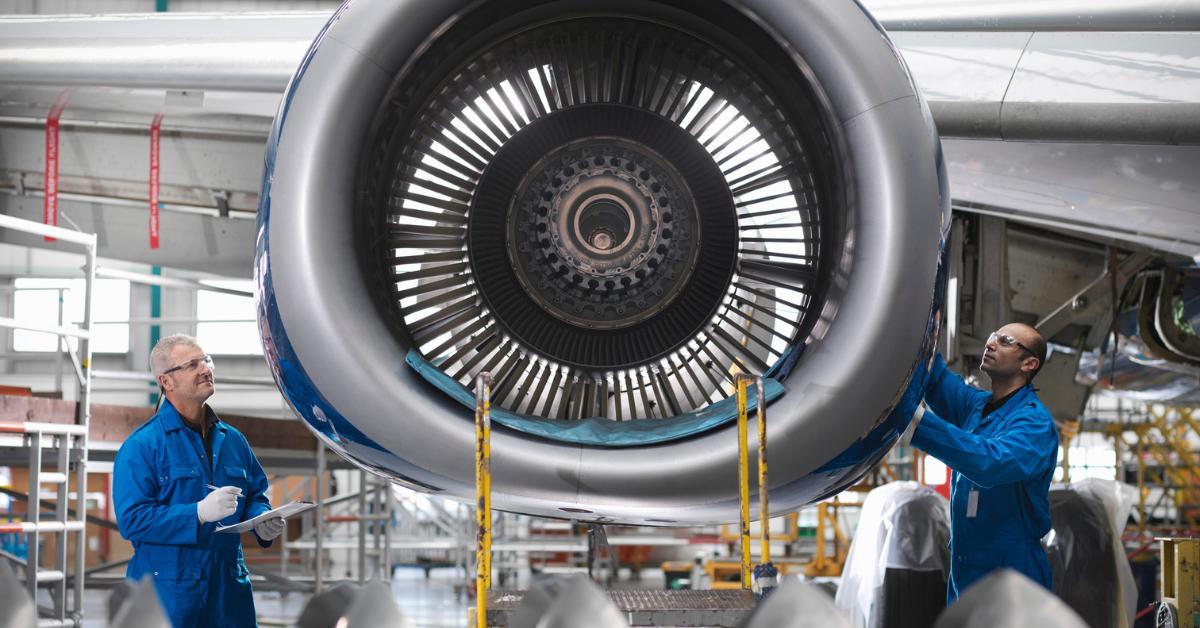In the changing world of technology there is a ky element that stands out for its important role, in enabling advanced features and improving vehicle performance. Field Programmable Gate Arrays (FPGAs). These adaptable integrated circuits have transformed the sector giving vehicles levels of intelligence, safety, and efficiency.
Empowering Advanced Driver Assistance Systems (ADAS)
A major application of FPGAs in technology is seen in ADAS. These systems utilize sensors like cameras, radar, LiDAR and ultrasonic sensors to monitor the vehicles surroundings. Also, help the driver with tasks such as lane keeping, adaptive cruise control, collision avoidance and parking assistance.
They play a role handling the volume of data produced by these sensors in real time. The ability of ADAS systems to make decisions due to their processing and low latency is processing for responding promptly to road conditions and potential dangers. By handling performance and enhance safety on the road.
Enabling In-Vehicle Networking
In today’s car, various interconnected systems rely on communication for operation. FPGAs enable high-speed data transfer and protocol conversation within the vehicle network, ensuring communication between components like engine control units, infotainment systems, and telematic modules.
Furthermore, they support communication standards such as Ethernet and CAN FD (Flexible Data Rate), which provide increased bandwidth and scalability compared to traditional protocols. This allows for the integration of demanding applications like high-definition video streaming, over-the-air updates, and vehicle-to-vehicle communication, setting the stage for connected vehicles.
Enhancing Functional Safety and Security
As automotive electronics become more complex, ensuring safety and cybersecurity is crucial. FPGAs help address these challenges by incorporating processing paths and hardware-based security features.
In safety systems like steering by the wire and brake by wire, FPGAs play a role in implementing dual redundant structures that ensure system reliability and safe operation. Similarly, security solutions based on these parts help protect vehicle systems from cyber threats such as access, and solutions based on them help protect vehicle systems from cyber threats such as access, tampering, and malware attacks, ensuring the security and trustworthiness of electronics.
Looking Ahead
As automotive technology advances, the use of FPGAs is expected to grow. With progress in intelligence, machine learning and autonomous driving technologies FPGAs will be essential in enabling real time decision making at the edge moving us closer to autonomous vehicles.
Moreover, the shift towards hybrid vehicles presents possibilities for these components to enhance power management, battery control, and energy efficiency, contributing to mobility solutions for the future.
In The End
To sum up, FPGAs have become components in today’s industry by driving innovation, safety measures and operational efficiency. By leveraging their capabilities car manufacturers can continue pushing boundaries in transportation technology and shaping generations’ travel experiences.
Learn more at Semiconductor Engineering and Intel.





























